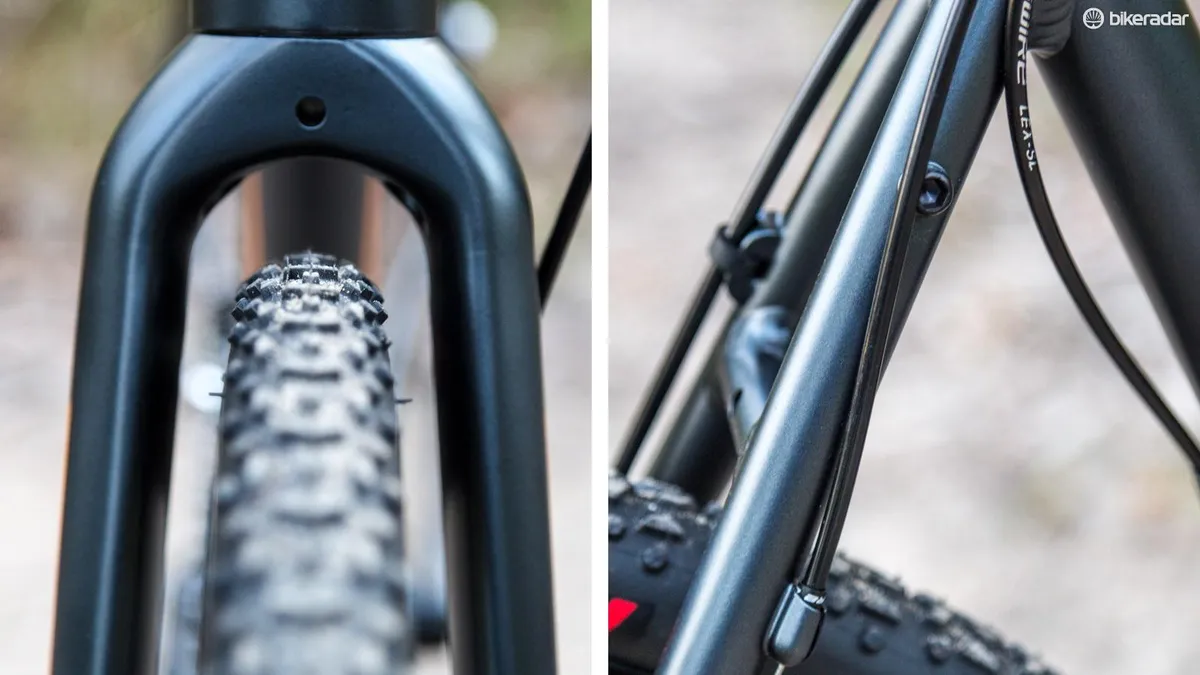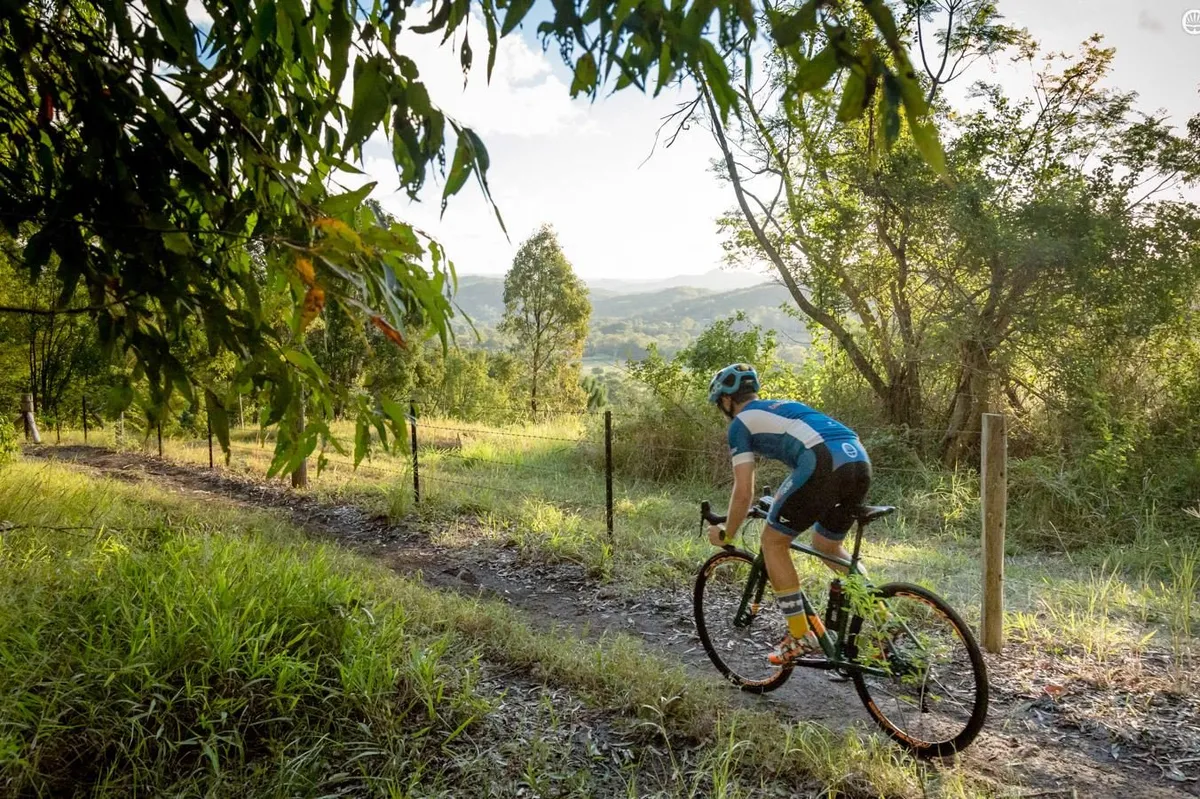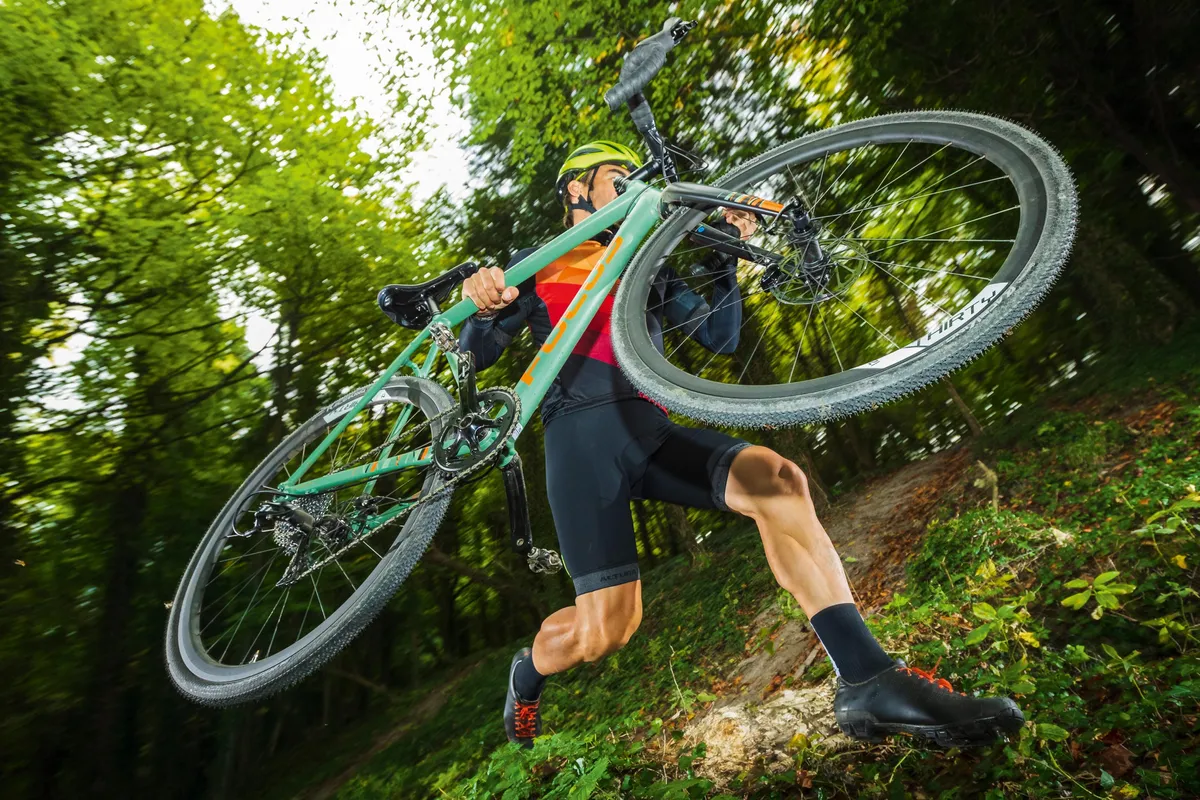Buying a bike is a big decision not only because bikes are expensive, but because you’re probably going to be spending a lot of time with your chosen ride.
- The best cyclocross bikes | Rated and reviewed by BikeRadar's experts
- What is cyclocross? And how can I get into it?
- 10 ways cyclocross is like heavy drinking
With a new wheel size, style of riding and axle standard being announced seemingly every week, it can be hard to wade through all the information and varying opinions to decide what to spend your hard-earned cash on.
So, in an effort to cut through all of the noise, here are five solid reasons your next N 1 should be a cyclocross bike.
What is a cyclocross bike?
A cyclocross bike is a specific form of drop-bar bike that is built to tackle the popular racing discipline that is cyclocross. Today's cyclocross bikes have moved a long way from their origins as lightly modified road bicycles and now feature as a dedicated model in the line-up of most large bicycle manufacturers.
Built to race on courses that often traverse muddy fields, grass or sometimes sand, the bikes feature many differences from regular road bikes. Cyclocross bike frames will use geometry that is optimised around navigating the technical courses these bikes are designed to tackle.
It's typical to find a shorter frame reach, taller bottom bracket and an altogether taller position than a regular road bike, for example. Muddy courses call for knobbly tyres and plenty of mud clearance at the frame and fork.
Technologies previously reserved for mountain bikes such as disc brakes and tubeless tyres are increasingly becoming the norm for CX bikes. Many but not all cyclocross bikes will include the mounts and fixtures necessary to fit racks and mudguards too.
Couple this with a cyclocross bike's ability to tackle a wide range of terrain and you can see why many people buy these bikes for commuting purposes.
Although similar on the surface, cyclocross bikes are not to be confused with gravel bikes. Gravel bikes usually have more relaxed geometry than their 'cross cousins and will use tyres that are wider but less aggressive than those on 'cross bikes.
5 reasons why your next bike should be a cyclocross bike
1. Cyclocross bikes are very versatile

Not long ago it was hard to find a ’cross bike that had bolts for a bottle cage, but now bike brands have cottoned on to how awesome CX bikes are for things that don’t necessarily revolve around mud, sandpits and flyovers.
With a set of knobby tyres (which come stock on a 'cross bike) you’re ready to hit the trail, gravel, mud, sand and just about anything else. But, if you throw a set of slicks on you’ll blend in just fine on a roadie group ride, just don’t forget your #sockdoping socks.
They make great commuters with a comfortable, relatively upright riding position and wheels and tyres designed to take a beating. With a set of mudguards a ’cross bike is just about the perfect ride to get you from point A to point B and back.
The rack, fender and pannier mounts, and their ability to tackle varied terrain, also mean they make for great touring rigs too.
The advent of gravel bikes has muddied the waters a bit with geometries very similar to CX bikes, but often with more tyre clearance and the ability to run 700c, 650b wheels and wider range gearing.
Even still, most CX bikes can handle substantially bigger tyres than the UCI-mandated 33c rubber, and a quick cassette swap will leave you with a capable gravel racer.
In fact, the previous generation Specialized CruX was a favourite gravel racer among BikeRadar staffers, and we're even seeing some brands such as Cannondale repackage CX race frames as gravel bikes with little more than a few component swaps.
2. Cyclocross bikes can make ideal winter bikes

While it’s not really much of an issue in Australia, in the UK and certain areas of the US having a winter and summer bike is almost a necessity, especially where it snows.
Snow-packed roads, gravel dumped by snowploughs, and black ice can be a bit too much for your race-ready roadie. The longer wheelbase offers a bit of added stability in low-traction situations and the slightly shorter top tube and more upright geometry put you in a better position to control the bike when things get squirrely.
CX bikes also have a bit of extra tyre clearance, so when the snow, ice and general grime that comes with winter arrives it won't slow you down.
3. Cyclocross could be the most fun you’ve had on two wheels

’Cross racing started as a way for road racers in 1900s' Europe to stay fit during the winter. They would race each other from one town to another but were allowed to cut through farmers' fields or over fences, or take any other shortcuts, in order to get there first.
Having evolved from a winter pastime for pro roadies, the bikes are designed to handle a bit of everything but lack the specificity of other bike genres.
Compared to a mountain bike a ’crosser is not particularly capable and your road bike will be much faster, more efficient and probably weighs less too. But that's part of what makes these burly drop bar bikes so much fun.
That bit of fire trail near your house that’s beyond boring on a mountain bike is gangbusters on 33c knobby tyres. Same goes for that washboard and loose gravel road that’s terrifying on your roadie, it's no sweat on a CX bike. Being just good enough at everything, a ’cross bike will allow you to explore new roads and trails in your area and have more fun on your bike.
4. Cyclocross riding will improve your skills

Riding a cyclocross bike will make you into a better rider, especially when you leave the pavement. Because the skinnier tyres have less grip and don’t roll over roots and rocks like MTB tyres, you have to work harder to maintain control over your bike.
All of this sliding through corners, fishtailing in the mud, skidding on gravel will teach you not to panic when things go a bit sideways and help you develop the skills needed to keep things upright when disaster strikes both on and off road.
5. Cyclocross racing is amazing

Cyclocross racing is the fastest growing segment of racing and for good reason, it’s also the most fun!
The races last about an hour and, like criteriums, are based on a time limit rather than a set distance. However, unlike criteriums, you’re not screaming around a track in a tight bunch where a lapse in concentration leads to a pile of mangled carbon and loads of road rash. When you crash in a cyclocross race, you’ll probably do it with a smile on your face.
The races often take place in your everyday suburban park on a closed course and are essentially an obstacle course, but for bikes that involve riding, running, jumping and sometimes even crawling under obstacles.

What's more fun is the atmosphere, it feels a bit more like a party than a race. No CX event is complete without costumes, beer and a rubber chicken or two. Oh and there's mud, and who doesn’t love getting a little muddy?